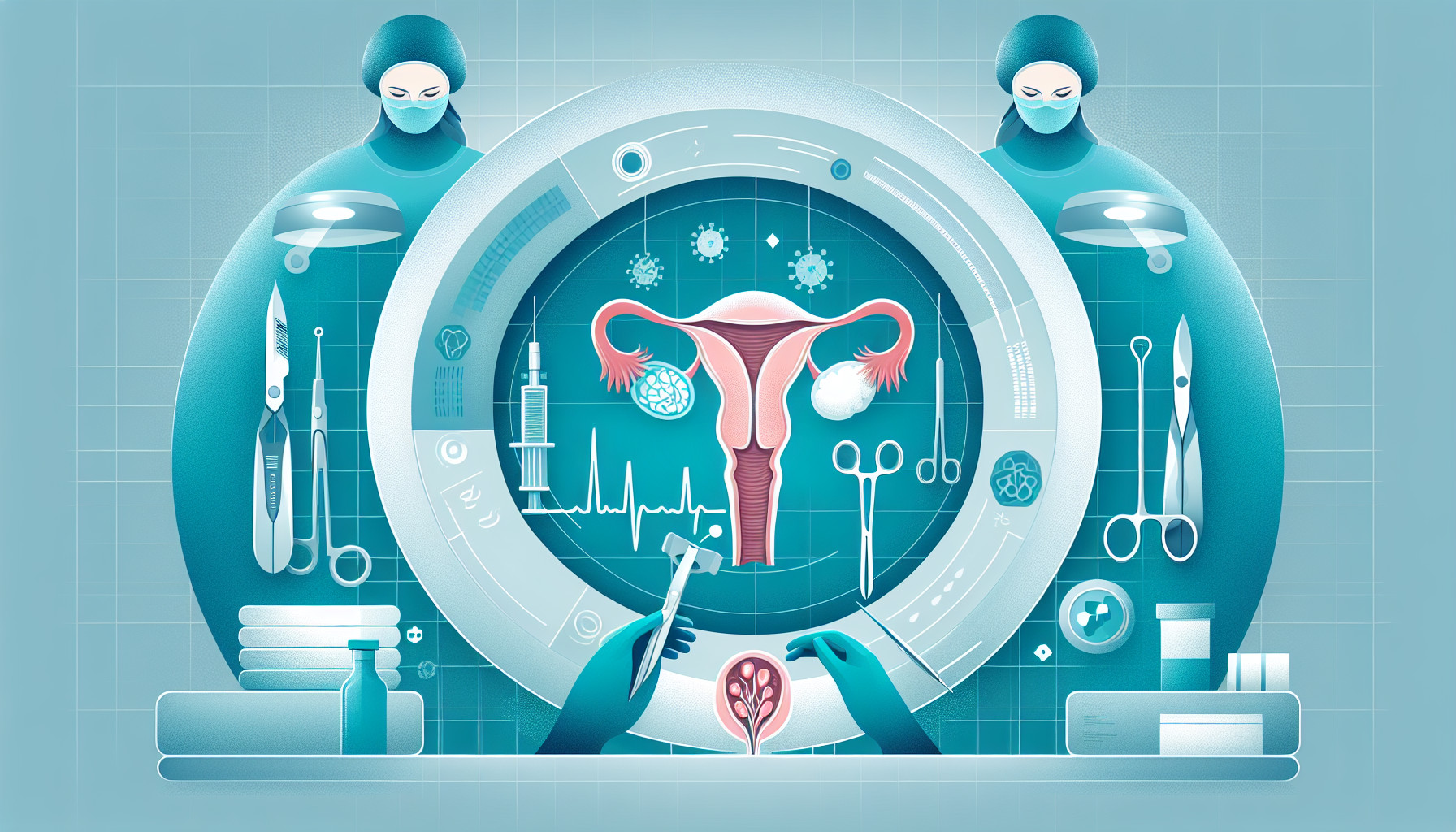Our Summary
This research paper discusses a rare case of a woman who had hair coming out of her anus because of a benign (not harmful in effect) condition called a dermoid cyst. This cyst was on her ovary and stuck to her rectum. Dermoid cysts commonly have hair, but it’s rare for the hair to be a presenting complaint. The woman had this condition for a year before it was treated. After a scan revealed the cyst, doctors performed surgery to remove it and fix the hole in the rectal wall. After the procedure, the woman’s symptoms disappeared.
FAQs
- What is a dermoid cyst and how common is it for hair to be a presenting complaint?
- How was the dermoid cyst on the woman’s ovary diagnosed and treated?
- Did the woman’s symptoms completely disappear after the surgical removal of the cyst?
Doctor’s Tip
One helpful tip a doctor might give to a patient about ovarian cyst removal is to follow post-operative care instructions carefully. This may include avoiding heavy lifting or strenuous activity for a certain period of time, taking prescribed pain medication as directed, and attending follow-up appointments to monitor healing and ensure there are no complications. It is important to communicate any concerns or changes in symptoms to your healthcare provider promptly.
Suitable For
In general, patients who are recommended ovarian cyst removal typically have cysts that are causing symptoms such as pelvic pain, bloating, difficulty urinating or bowel movements, and abnormal vaginal bleeding. Cysts that are large in size, growing rapidly, or causing complications such as torsion (twisting of the ovary) or rupture are also candidates for surgical removal.
Additionally, patients who have cysts that are suspected to be malignant (cancerous) or have a family history of ovarian cancer may be recommended for surgical removal to prevent the development of cancer.
It is important for patients to discuss their symptoms and concerns with their healthcare provider to determine the best course of treatment for their specific situation.
Timeline
:
Before ovarian cyst removal:
- Patient experiences symptoms such as pelvic pain, bloating, and changes in menstrual cycle.
- Patient undergoes diagnostic tests such as ultrasound or MRI to confirm the presence of an ovarian cyst.
- Once the cyst is confirmed, the patient discusses treatment options with their healthcare provider.
- Patient may undergo pre-operative preparations such as fasting or medication adjustments before the surgery.
After ovarian cyst removal:
- Patient undergoes surgery to remove the ovarian cyst, which can be done laparoscopically or through an open procedure.
- Following the surgery, the patient may experience some pain and discomfort, which can be managed with pain medication.
- The patient is monitored for any complications such as infection or bleeding.
- Once the patient recovers from surgery, they may experience improved symptoms such as reduced pelvic pain and bloating.
- The patient may be advised to follow up with their healthcare provider for post-operative care and monitoring to ensure that the cyst does not recur.
What to Ask Your Doctor
- What is the size and location of the ovarian cyst?
- What are the risks and benefits of removing the ovarian cyst?
- What type of surgery will be performed to remove the cyst?
- What is the expected recovery time after the surgery?
- Will there be any long-term effects or complications after the cyst removal?
- How likely is it for the cyst to come back in the future?
- Will the removal of the cyst affect my fertility or hormonal balance?
- Are there any alternative treatment options for the ovarian cyst?
- What symptoms should I look out for after the surgery that may indicate a complication?
- How often should I follow up with you after the cyst removal surgery?
Reference
Authors: Hamza M, Yasmeen T, Nadeem IA, Fatima N, Fatima S, Huzaifa M. Journal: J Pak Med Assoc. 2020 Mar;70(3):534-536. doi: 10.5455/JPMA.13778. PMID: 32207442
